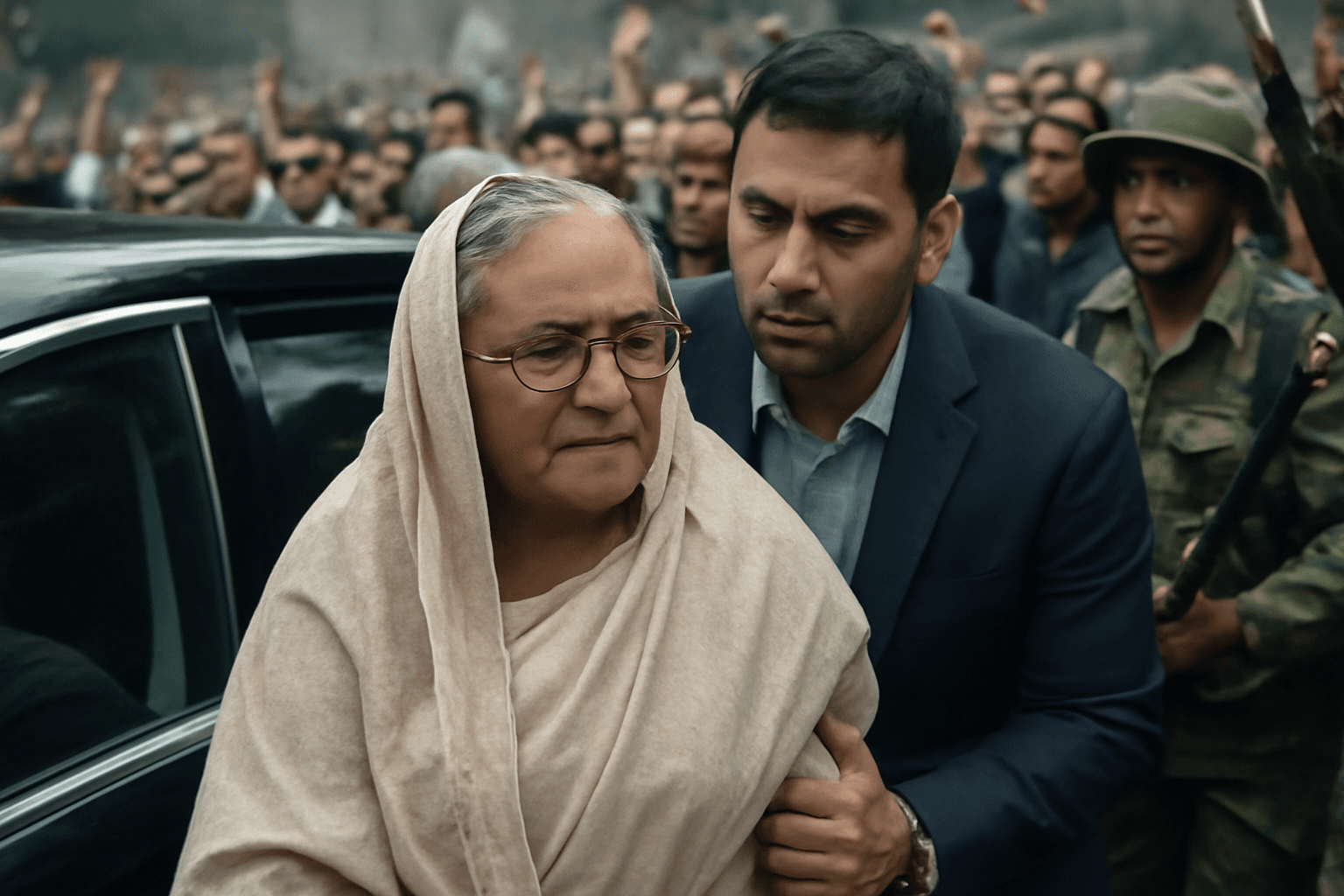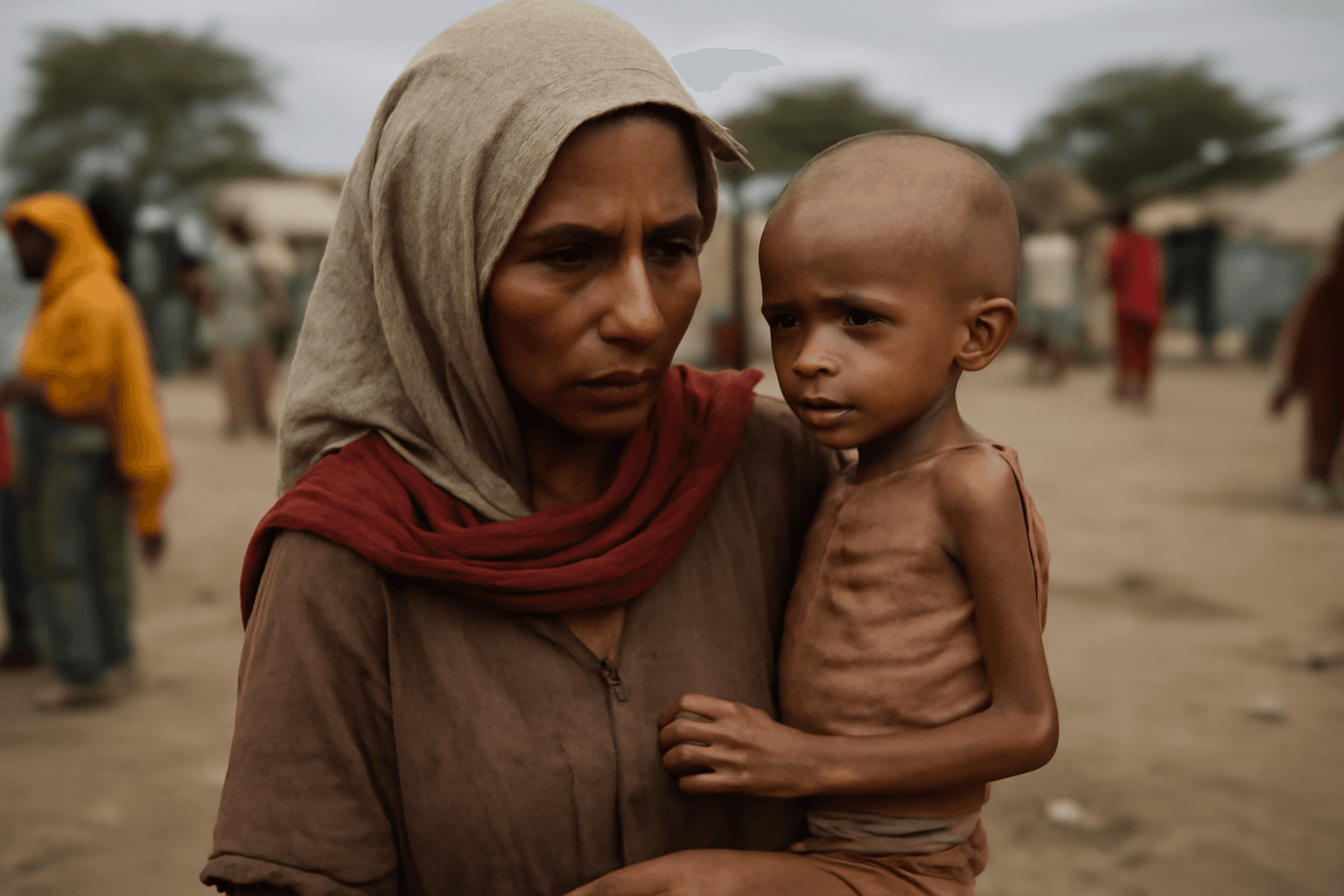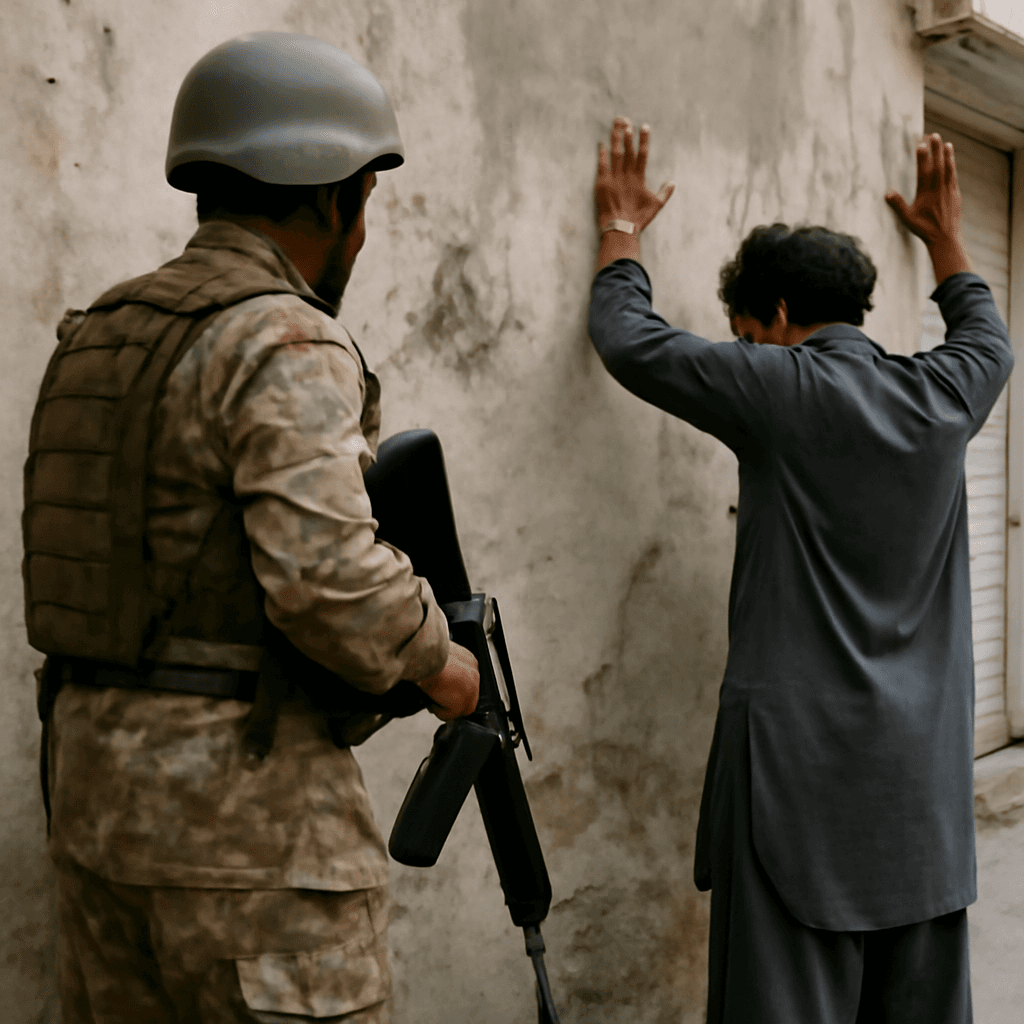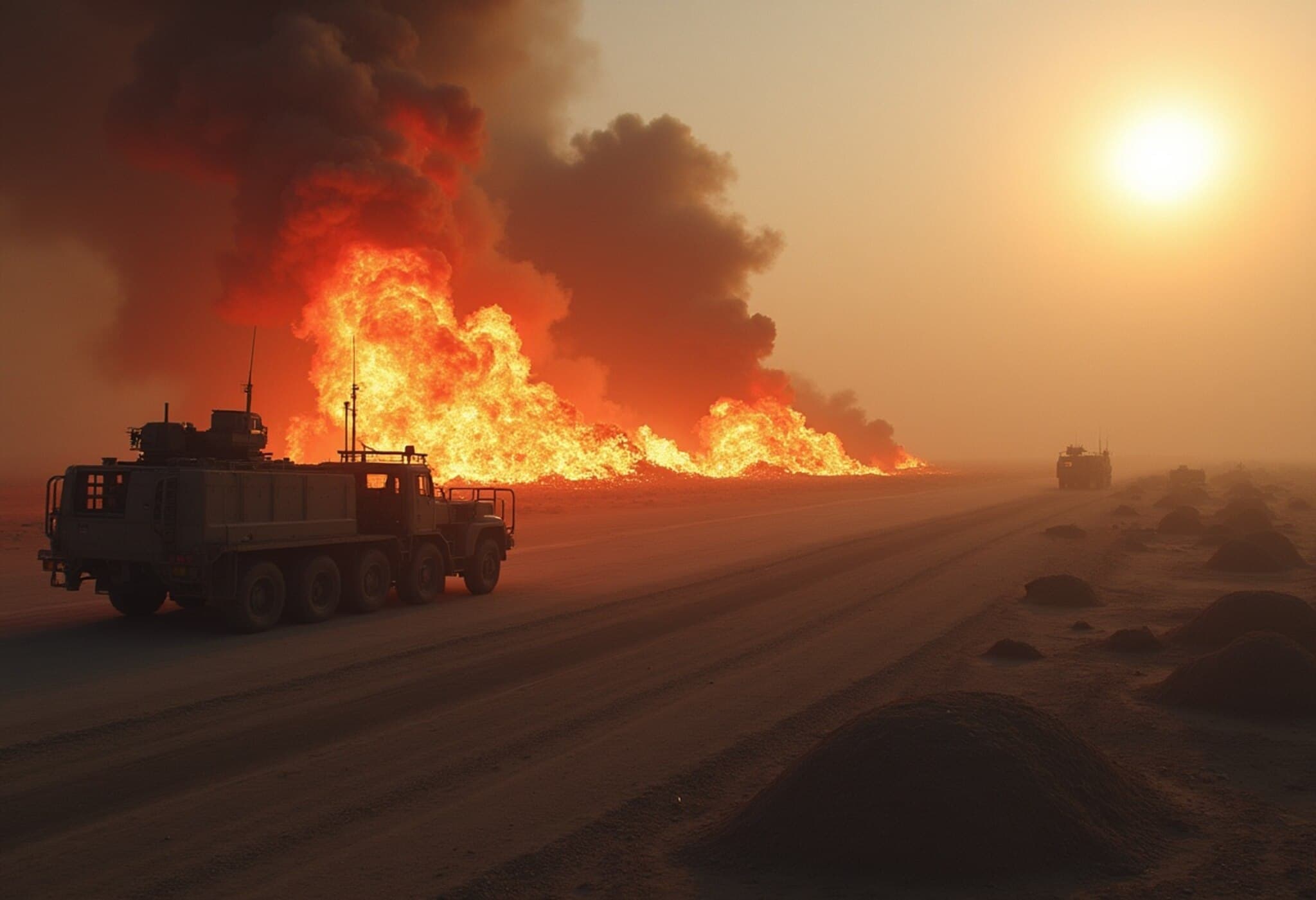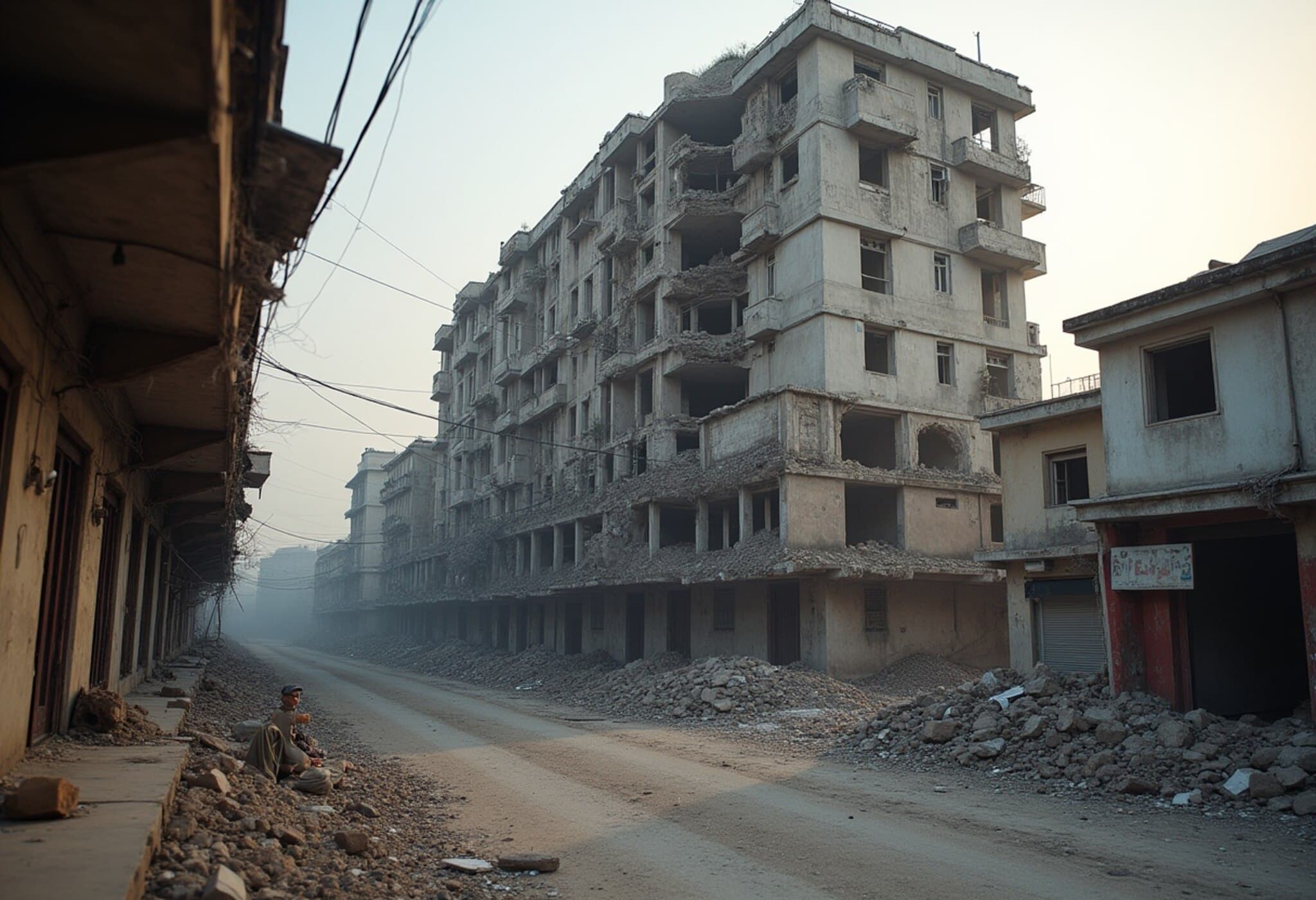Tragic Loss on K2: Chinese Mountaineer Guan Jing Dies During Descent
In a heartbreaking development on one of the world’s most dangerous mountains, Chinese climber Guan Jing lost her life after being struck by falling rocks while descending K2, the second-highest peak on Earth, in northern Pakistan.
The Incident Details
Guan Jing, who had successfully reached K2’s summit on Monday alongside a group of international climbers, was descending the mountain on Tuesday when she was hit by a rockfall. Faizullah Faraq, the official spokesperson for Gilgit-Baltistan’s regional government, confirmed the fatal accident and indicated that recovery efforts for her body were underway.
The Pakistan Alpine Club also officially confirmed her death, remembering her summit achievement in one of the planet’s most challenging climbing environments.
K2’s Deadly Reputation
Rising sharply to 8,611 meters (28,251 feet) in the rugged Karakoram range, K2 is infamous for its steep, icy slopes, sudden changes in weather, and frequent rockfall hazards—factors that contribute to its reputation as arguably the world’s most perilous mountain to climb. Tragically, every climbing season on K2 sees several accidents reflecting the mountain’s unforgiving nature.
Context: Climbing Risks in the Karakoram
Pakistan’s mountain ranges, including K2, attract adventurers from around the globe, drawn by the thrill and prestige of summiting towering peaks. However, the risks remain stark. Notably, this incident marks the latest tragedy after the recent death of German mountaineer and Olympic gold medalist Laura Dahlmeier, who perished while attempting another peak within the same region just two weeks ago.
Expert Insights: The High Cost of Mountaineering on K2
Mountaineering experts emphasize that while the draw of K2 lies in its sheer challenge and prestige, climbers must prepare extensively, as the mountain’s unpredictable rockfalls and weather conditions pose constant dangers. The fatal rockfall that took Guan Jing’s life underscores the essential need for ongoing improvements in safety protocols, real-time weather monitoring, and emergency response efforts in this remote region.
Moreover, authorities in Gilgit-Baltistan face the complex task of balancing tourism and climber safety—a key economic driver juxtaposed with the irreplaceable lives at stake.
Looking Ahead: What Guan Jing’s Tragedy Teaches Us
- Even experienced climbers remain vulnerable to K2’s natural hazards, highlighting the importance of real-time risk assessments.
- There is a pressing need for international cooperation to enhance rescue infrastructure and weather forecasting capabilities in the Karakoram.
- Guan Jing’s death serves as a solemn reminder of the raw power of nature and the profound human costs sometimes borne in pursuit of adventure and achievement.
Conclusion
The mountain climbing community mourns the loss of Guan Jing, while the broader world is reminded of K2’s formidable challenge. As expeditions continue, the balance between human ambition and mountain safety remains a critical discourse, one that demands deeper reflection, enhanced safety measures, and respect for the forces of nature.
Guan Jing’s tragic accident brings to light the precarious nature of high-altitude mountaineering, especially on peaks like K2. Beyond the immediate sorrow, questions linger about how mountain safety can be better managed amid increasing adventure tourism. How can local authorities and the international community collaborate to safeguard climbers without diminishing the allure of these formidable summits? As we honor Guan Jing’s courage, this story urges reflection on the complex interplay between human aspiration and natural risk.



